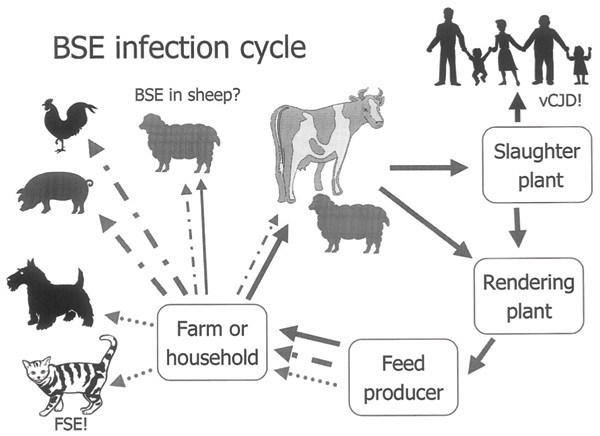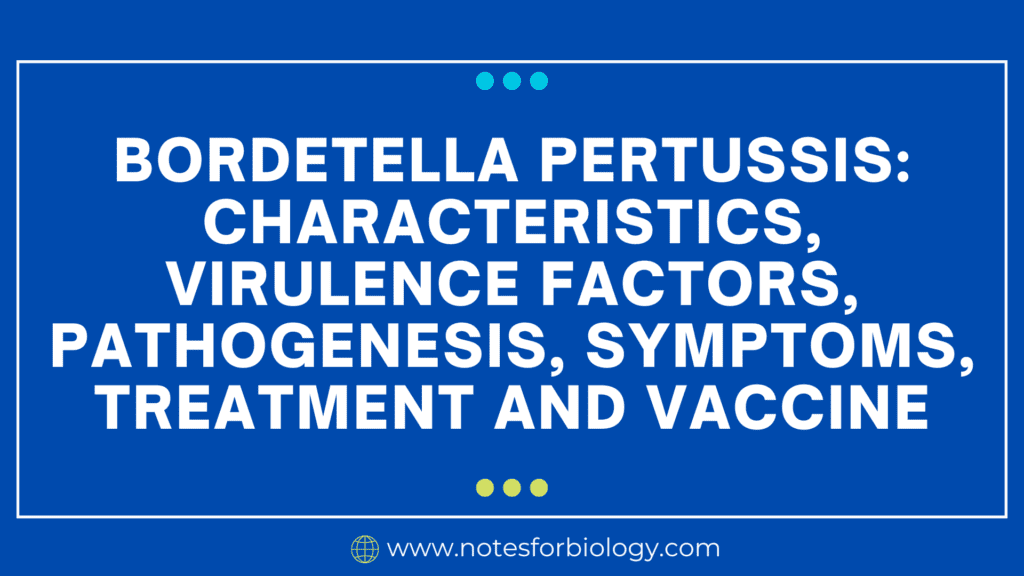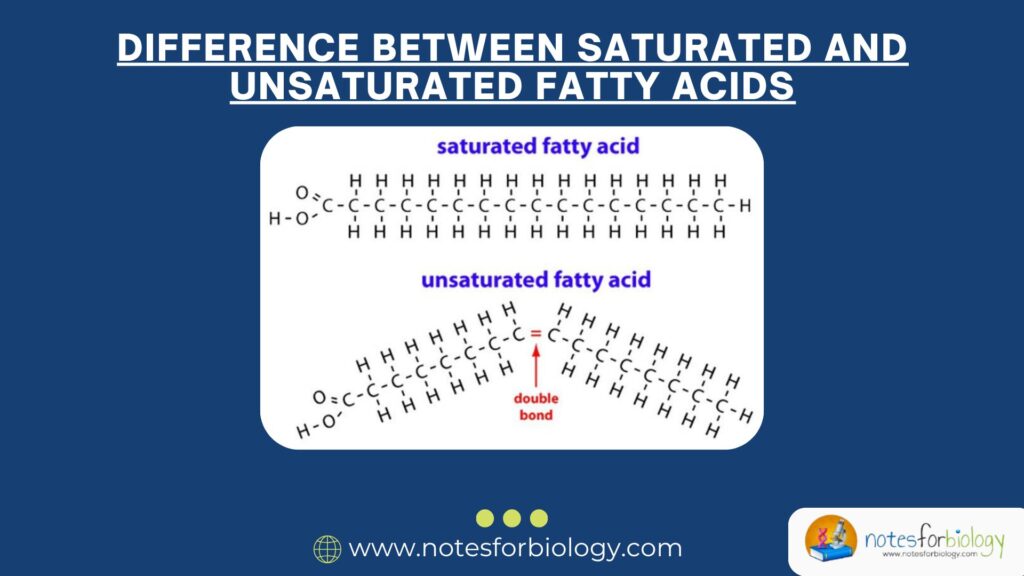Bovine Spongiform Encephalopathy (BSE), commonly known as Mad Cow Disease, is a progressive neurological disorder in cattle caused by prions, which are misfolded proteins that can induce other proteins to misfold as well. It was first identified in the United Kingdom in the mid-1980s and subsequently led to a major public health scare due to its implications for both animal and human health.
Table of Contents

Causes
Prion disease (BSE) is caused by misfolded proteins called prions, which cause some normal proteins, mostly located in the brain, to fold abnormally. In contrast to bacteria or viruses, prions are immune to conventional sterilizing techniques and lack nucleic acids. Prior to the link between Bovine Spongiform Encephalopathy and meat and bone meal being established, Bovine Spongiform Encephalopathy this feed was frequently utilized as a protein supplement for cattle feed. This means that consuming feed contaminated with prion-infected meat and bone meal is the main way that is spread.
Symptoms in Cattle
It might take years for the neurological symptoms of bovine spongy encephalitis (Bovine Spongiform Encephalopathy) to appear in cattle. Changes in temperament, such as anxiety or hostility, are among the early indications. Affected cattle had difficulty walking as their coordination deteriorates with the sickness. Additional symptoms include decreased milk production and weight loss even with a healthy appetite. The animal eventually dies from significant neurological deterioration in the latter stages.
Diagnosis
A combination of laboratory testing and clinical observation is used to diagnose Bovine Spongiform Encephalopathy. Veterinarians frequently base their initial diagnosis on clinical indications they encounter. For a conclusive diagnosis, however, post-mortem brain tissue analysis is necessary. Histopathological examination demonstrates spongiform alterations in the brain, while prions are identified by immunohistochemistry assays. Furthermore, a number of quick tests are employed to screen cattle, particularly in slaughterhouses, to make sure that afflicted animals do not end up in the food chain.
Human Implications
Because Bovine Spongiform Encephalopathy causes a version of Creutzfeldt-Jakob Disease (vCJD), an uncommon and deadly neurological illness, there are severe health concerns to humans. By eating cow products tainted with BSE prions, humans can get vCJD. Psychiatric symptoms include anxiety and despair, sensory abnormalities, ataxia (loss of coordination), and cognitive impairment are all signs of vCJD, which eventually results in death. The lengthy incubation time of vCJD makes it more difficult to identify and contain epidemics.
Prevention and Control
A number of controls have been put in place to stop the spread of Bovine Spongiform Encephalopathy. One important way to stop the spread of illness is to enforce feed bans, which forbid the use of protein obtained from ruminants in cow feed. Testing cattle for Bovine Spongiform Encephalopathy as part of surveillance programs is essential, especially if they have neurological signs or are older than a specific age. Another essential tactic in stopping the disease’s spread has been the culling of diseased and at-risk animals. Slaughter and meat processing regulations have been strengthened to prevent possibly tainted goods from getting into the human food chain.
Historical Context
When Bovine Spongiform Encephalopathy initially appeared in the UK in the 1980s, it sparked a major outbreak that peaked in the early 1990s, during which time tens of thousands of cases were recorded. When the connection between human vCJD and Bovine Spongiform Encephalopathy was discovered in the mid-1990s, it alarmed a large portion of the public and resulted in significant adjustments to food safety and agricultural practices. The beef sector was severely impacted economically; many cattle were put to death and exports of beef were severely limited.
Current Status
Worldwide, there has been a notable decline in the prevalence of Bovine Spongiform Encephalopathy due to strict control measures. Nations have implemented stringent protocols for testing and monitoring, and there is strong oversight of the global trade in cattle and beef derivatives. The continued study of prion disorders ensures that previous discoveries aid in the prevention of new outbreaks by advancing our knowledge of and ability to treat these illnesses.
Conclusion
Bovine Spongiform Encephalopathy is a crucial example of how veterinary and human medicine cross, emphasizing the need for stringent biosecurity protocols and ongoing watchfulness over food safety. Even though BSE control has come a long way, the illness’s legacy emphasizes the need for effective disease monitoring and prevention techniques to safeguard public and animal health.is a crucial example of how veterinary and human medicine cross, emphasizing the need for stringent biosecurity protocols and ongoing watchfulness over food safety. Even though BSE control has come a long way, the illness’s legacy emphasizes the need for effective disease monitoring and prevention techniques to safeguard public and animal health.
Frequently Asked Question(FAQ)
Define Bovine Spongiform Encephalopathy?
Bovine Spongiform Encephalopathy (BSE), commonly known as Mad Cow Disease, is a progressive neurological disorder in cattle caused by prions, which are misfolded proteins that can induce other proteins to misfold as well.
What is the cause of mad cow disease?
A bovine swine epidemic (BSE) is caused by feed tainted with components from a sick bovine. The aberrant prion is present in the contaminated feed, and when a cow consumes the feed, it contracts the infection. A cow that contracts BSE most likely consumed the tainted feed in its first year of life.
What are the symptoms of BSE in cattle?
1.alteration in conduct.
2.trepidation or unease (flighty)
3.recurring, heightened responses to sound or touch.
4.legs’ weakness or high striding, especially the back legs
How to prevent mad cow disease?
One of these measures is the prohibition on giving farm animals meat and bone meal. the extraction and disposal of every component of an animal’s corpse that might harbor BSE. a prohibition on meat that has been mechanically retrieved (meat remnants that have been pressure-blasted from the bones of the carcass).
Related Article




